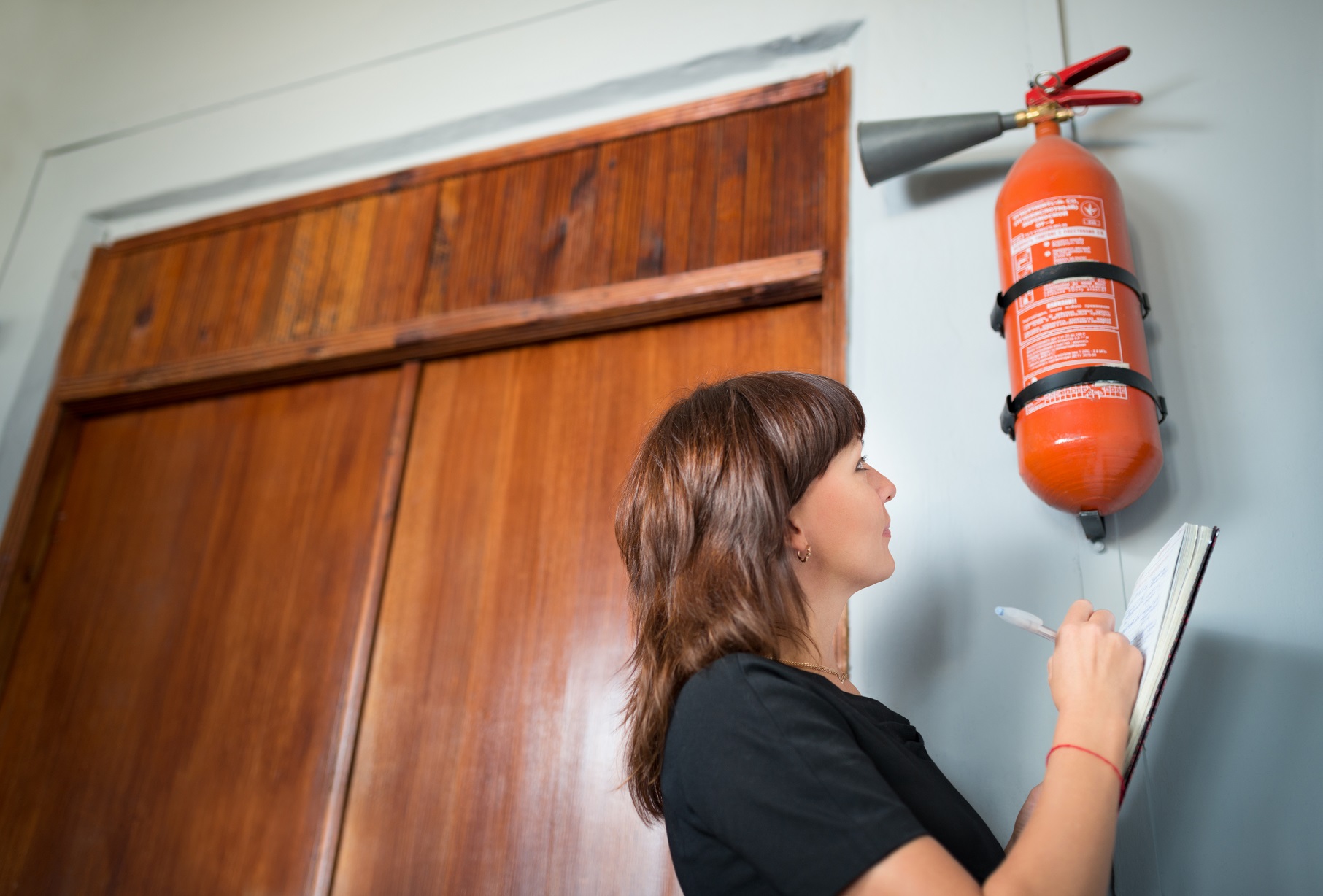The Regulatory Reform (Fire Safety) Order 2005 requires school management teams to undertake risk assessments that identify the general fire precautions needed to ensure the safety of occupants in case of fire, including safe means of escape, to improve fire safety in schools. Despite this, Home Office figures show that in the 2021-22 financial year, there were more than 300 fires at schools in England – almost one a day – with severe financial, emotional and social impacts not only on school pupils and teachers, but also their wider communities.
Matthew Thompson, Project Manager in the Installation Team at Amthal Fire & Security, uses his recent experience of working with Marlborough Science Academy and Honeywell Gent, to look at the bigger picture of today’s advances in fire safety, used to protect pupils, staff and visitors.
Against a backdrop of today’s challenges, where speed is of the essence, we have to protect vital assets. This has been of notable high-profile recently, following the tragedy of the Grenfell Tower fire in 2017 and its subsequent inquiry that has only recently closed. It has led to many consultations and new fire safety measures and legislation, together with guidance for all buildings, including schools.
Here, a DfE spokesperson said the safety of pupils and staff in schools was “paramount, which is why we are reviewing our fire safety guidance to strengthen the requirements on new buildings, or for when major alterations are taking place to existing buildings”.
Fire safety in schools – Some Concerns
Alongside the physical impact of fires on our schools, the economic and social impact of fires on staff, pupils and the local community can be significant, causing financial hardship, emotional trauma and a delay in learning.
A study conducted by the National Foundation for Education Research found that 17% of schools experiencing a fire suffered a drop in staff morale and 6% of them a fall in morale among pupils. A further 7% suggested that a fire had led to negative publicity about their school.
Whilst in times of plenty, immediate needs are often prioritised over future requirements. When budget and resource is stretched, with predictions of a new period of austerity – despite a Government pledge to “push up school standards and support schools” with extra funding – a different mindset is still required.
It forces a long-term scalable view, where every investment and work programme is scrutinised far more closely. It is essential to build a strong case from the ground up.
Thanks to Health and Safety News for the original Article: https://www.newsnow.co.uk/h/Business+&+Finance/Health+&+Safety

